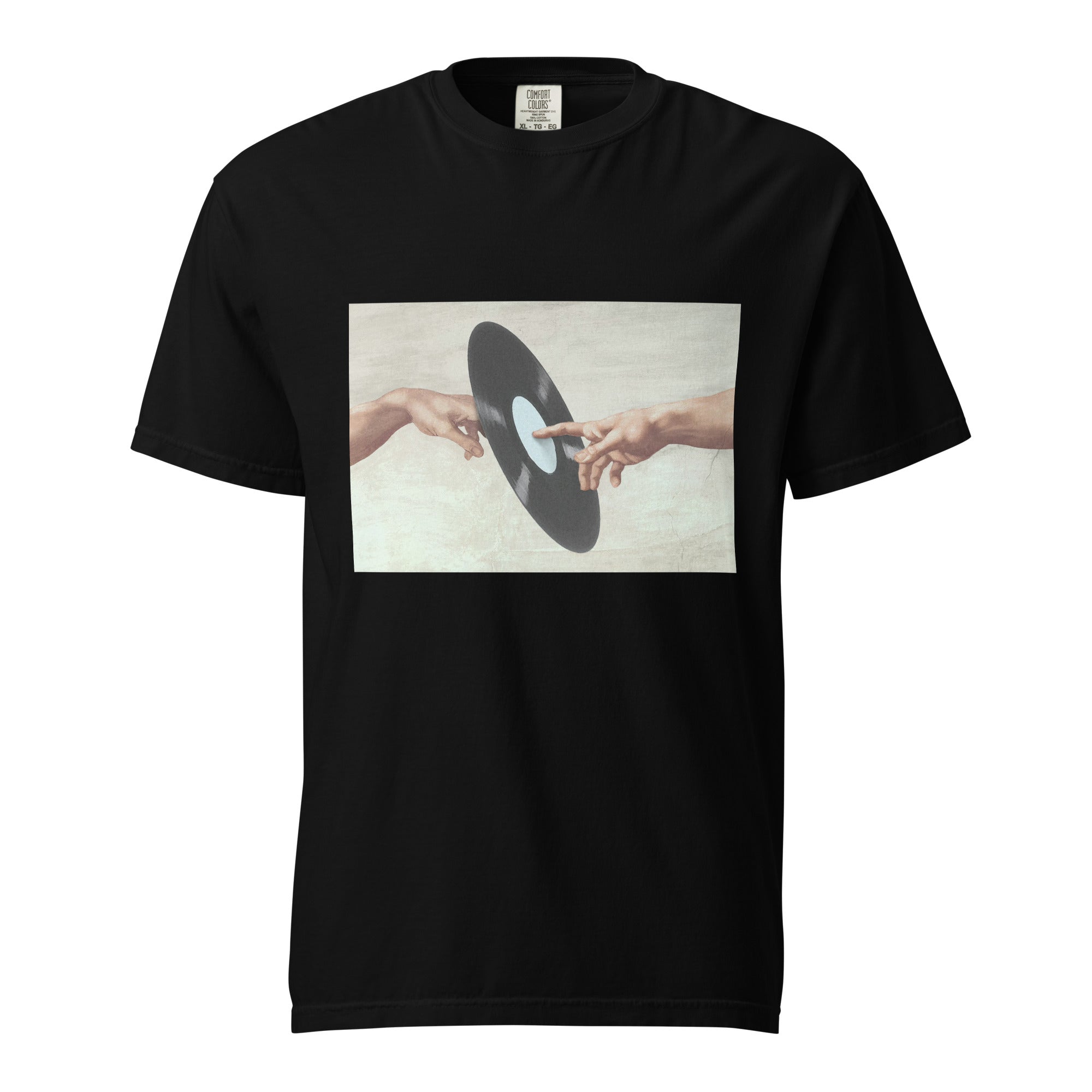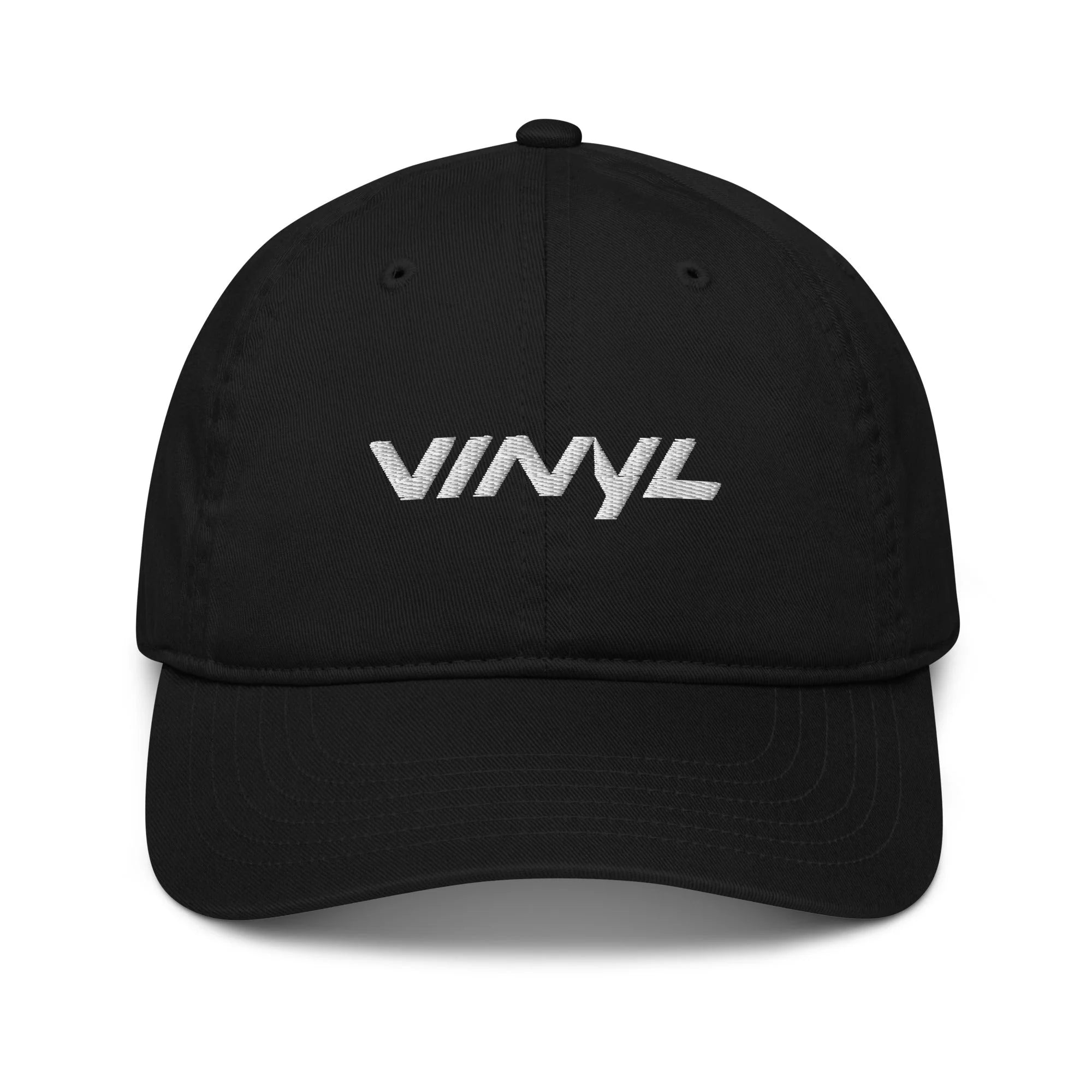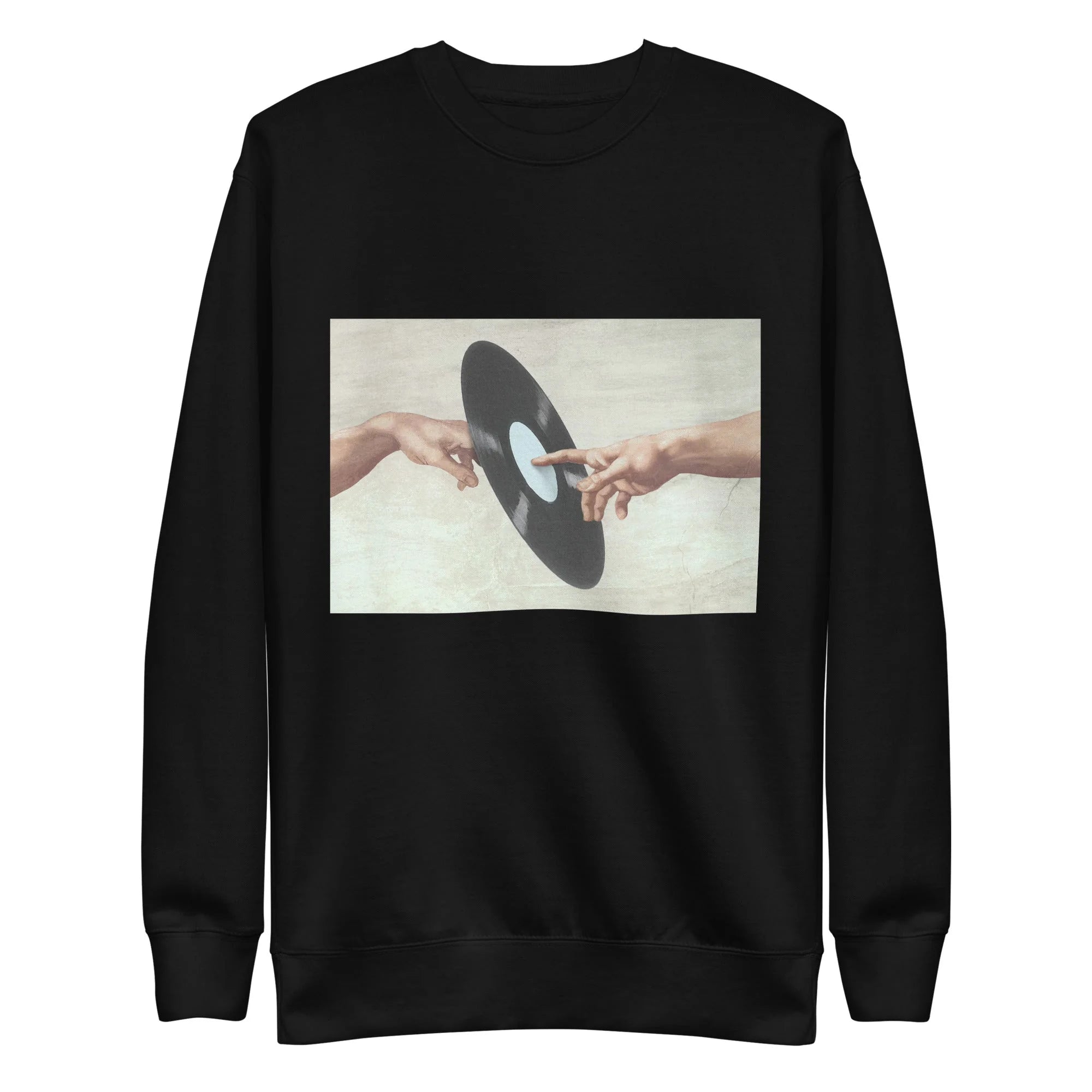Vinyl records have a storied past that spans over a century, evolving from humble beginnings into a cultural icon. The history of vinyl records is a testament to innovation in audio technology and a reflection of shifting musical tastes over time. Initially developed to capture and reproduce sound, it quickly became a popular medium, offering listeners a tangible connection to their favorite music. This enduring format laid the foundation for many modern music experiences we enjoy today.
The Early Days of Vinyl
When Was Vinyl Invented?
Vinyl records trace their origins back to the late 1800s, when sound recording innovations began transforming how people experienced music. While early formats like wax cylinders dominated initially, the invention of the flat disc ultimately paved the way for vinyl as we know it today. Inventors such as Thomas Edison and Emile Berliner played key roles in this transformation. Berliner’s introduction of the gramophone in the early 1900s set a new standard, leading to the development of the first vinyl records. These early innovations established the groundwork for the evolution of recorded music, marking a pivotal moment in audio history.
From Wax Cylinders to Shellac Records
Before vinyl became the dominant medium, early phonographs used wax cylinders to capture sound. These cylinders, while revolutionary, had limitations in durability and recording length. As technology advanced, flat discs made of shellac were introduced, offering improved sound quality and longer playtimes. Shellac records dominated the market in the early 20th century despite their brittleness, providing a more accessible way for consumers to enjoy music in their homes.

The First Vinyl Record and Its Impact
The development of vinyl records offered several advantages over previous materials, such as enhanced durability, flexibility, and a richer analog sound. The first ones emerged as a result of ongoing experimentation and refinement in the early 1900s, quickly gaining favor for their ability to capture and preserve musical performances with greater fidelity. This breakthrough revolutionized the music industry by allowing a broader audience to access high-quality recordings. The legacy of these early innovations continues to influence modern music formats, underscoring the timeless appeal of vinyl in audio.
The Evolution of Vinyl Records in the 20th Century
Technological Breakthroughs
The 20th century witnessed remarkable technological advances that reshaped the landscape of recorded music. As innovations emerged, vinyl evolved from a niche format into a mainstream medium that revolutionized music consumption. With microgroove technology and improved pressing techniques, vinyl records offered enhanced sound quality and longer playtimes compared to earlier formats like shellac. These breakthroughs laid the foundation for an era where albums became more than just collections of songs—they transformed into immersive experiences.
Vinyl Records in the 20th Century
The 1950s and 1960s are often regarded as the golden age of vinyl records. This period marked a surge in vinyl record popularity, fueled by the explosion of rock, jazz, and soul genres. Record companies embraced the new 12-inch LP format, which allowed artists to release full-length albums that captured the essence of their creative visions. These decades saw iconic albums that have since become timeless classics, with vinyl offering a warmth and authenticity that many believe is unmatched by digital formats. The widespread adoption of vinyl not only transformed the way music was produced and consumed but also helped shape the cultural identity of the era.
Milestone Moments in Vinyl Production
Each milestone reflects a paradigm shift that altered technical capabilities and influenced cultural trends and artistic creativity. Below is an exploration of pivotal moments in vinyl production that have left an indelible mark on the industry:
LP & 45 rpm Introduction – The debut of LPs and 45 rpm records was a groundbreaking moment in the evolution of vinyl, setting a new standard for how music was consumed and appreciated. This innovation introduced extended playtime, allowing artists and record labels to offer a more comprehensive musical experience than previous formats. The longer duration provided by LPs meant that albums could now be curated as cohesive artistic statements rather than mere collections of singles. Meanwhile, the 45 rpm format emerged as a dynamic counterpart that balanced the need for high-fidelity sound with practical, portable design. The combination of these formats broadened the musical repertoire and influenced the structure of musical releases, pushing the industry toward more ambitious projects. This era marked a significant leap in sound quality, as the improved groove precision and enhanced materials allowed for a richer audio experience. Manufacturers refined their pressing techniques, utilizing advanced lacquer cutting methods and better quality vinyl, which resulted in fewer distortions and a warmer, more immersive sound profile. The simultaneous existence of these two formats catered to different market segments, with collectors, radio DJs, and casual listeners each finding unique value in the innovation. As LPs became a medium for album-oriented rock and concept records, the 45 rpm singles captured the vibrancy of pop culture and the pulse of youth-driven movements. These formats' technical excellence and commercial success drove further research into vinyl production, setting the stage for future enhancements in audio reproduction and durability. This period was about technical prowess and redefining the listener's relationship with music, offering a tactile, engaging, and enduring way to experience sound that continues to influence the music industry today.
Expanded Musical Expression – As the physical limitations of earlier media were overcome, musicians began to view vinyl not merely as a storage medium but as an artistic canvas capable of conveying narrative depth and emotional nuance. New formatting options enabled the integration of diverse musical genres and interdisciplinary elements, fostering collaborations between visual artists and musicians who could now present their works as unified, multi-sensory experiences. Experimentation in vinyl production also led to the development of double albums, box sets, and special edition releases that pushed the boundaries of what could be packaged and presented. Each new format brought with it the opportunity to innovate in areas such as track sequencing, album art, and the overall presentation of music. This era saw artists exploring unconventional soundscapes, employing layered recordings and creative mixing techniques that leveraged the extended playtime of vinyl. The impact of these advancements was profound, as they allowed for deeper storytelling and an enriched emotional connection between the artist and the audience. Record labels and independent producers began to embrace these experimental formats, recognizing that a more diverse approach could broaden market appeal and enhance the artistic value of a release. The willingness to explore new territories in musical expression redefined the role of the album as a cohesive art form, laying the groundwork for modern trends in music production and distribution.
Rise of Stereo Mixing – Stereo technology allowed sound engineers to place different audio elements in distinct spatial positions, creating a more immersive and lifelike listening experience. This breakthrough innovation meant that music could be experienced with a sense of depth and realism that was previously unattainable in monophonic recordings. The evolution from mono to stereo was not merely a technical upgrade; it was a shift in creative potential. Engineers began experimenting with panning, reverb, and other spatial effects, giving each instrument and vocal line its own place within a three-dimensional sound field. This level of separation and clarity allowed the nuances of musical performances to be captured with greater fidelity. Listeners could now appreciate subtle details in the recordings, such as the natural ambiance of a live performance or the intricate layering of complex arrangements. Moreover, stereo mixing transformed the production process, prompting artists and producers to rethink how they arranged and recorded music. Studios were redesigned with multiple microphones and sophisticated mixing consoles, setting new standards in sound quality and engineering practices. The enhanced realism of stereo recordings also had a significant cultural impact. It deepened the emotional connection between the music and its audience, making home listening experiences more akin to attending a live concert. This innovation played a crucial role in developing various musical genres, mainly rock, jazz, and classical, where the spatial distribution of sound could be exploited to convey dynamic range and emotional intensity. The adoption of stereo technology catalyzed further advancements in audio engineering, ultimately influencing how music was produced, mixed, and mastered for decades to come. By redefining the listener's experience through enhanced depth and clarity, stereo mixing solidified its place as one of the most important milestones in the history of vinyl production.
High-Fidelity Remastering – The pursuit of audio excellence reached new heights with the advent of high-fidelity remastering, a process that revolutionized how classic recordings are revisited and enjoyed. High-fidelity remastering involves revisiting original analog recordings and applying modern digital processing techniques to extract greater clarity and depth from the source material. This technique not only preserves the historical significance of the tapes but also elevates them to meet the high standards of contemporary audiophiles. With high-fidelity remastering, engineers are able to reduce noise, balance frequencies more effectively, and enhance the dynamic range of the music, resulting in a sound that is both vibrant and detailed. The process requires a delicate balance of technical skill and artistic sensitivity; the remastering engineer must respect the original performance's integrity while enhancing it for modern listening environments. The renewed audio quality often reveals hidden layers and subtle textures in the music that may have been obscured in earlier pressings. This attention to detail can transform a familiar record into a fresh, invigorating listening experience, breathing new life into iconic tracks and albums. The commitment to high-fidelity remastering has also spurred the release of special edition reissues, including bonus materials, expanded liner notes, and sometimes even previously unreleased tracks. These releases cater to collectors and purists seeking the highest sound reproduction level. In addition to enhancing the listening experience, high-fidelity remastering has economic implications, as well-produced reissues tend to command higher prices and greater demand among collectors. The success of these remastered editions reinforces the notion that technological progress and artistic legacy can coexist, ensuring that classic recordings remain relevant and accessible to new generations of listeners.
The journey of vinyl production is a testament to the relentless pursuit of excellence, bridging the gap between history and modernity.

The Role of Analog Sound in Vinyl
Why It Matters
Analog sound refers to audio signals that are recorded and reproduced using continuous, non-digital methods. This process captures every nuance of the original performance, preserving the natural fluctuations in tone and dynamics. The essence of analog sound lies in its ability to replicate the full spectrum of audible frequencies, offering a warmth and richness many believe digital formats struggle to match. For vinyl enthusiasts, this natural reproduction makes the experience of playing a record so immersive and emotionally engaging.
The Warmth and Authenticity of Vinyl Playback
This warmth comes from the subtle imperfections and slight variations in the grooves that give each vinyl record a unique character. While sometimes seen as imperfections, these nuances contribute to an overall sonic authenticity that digital recordings often lack. Vinyl playback creates a tactile connection between the listener and the music, evoking a sense of nostalgia and emotional depth. Many collectors and audiophiles argue that this authenticity is key to the enduring appeal of vinyl, as it captures not just the notes but also the ambiance of the original performance.
Comparing Analog to Digital Audio Formats
Digital recordings convert sound into numerical data, offering precision and convenience for easy editing and storage. However, this process can sometimes result in a more clinical sound, where the organic warmth of the original performance is sacrificed for clarity and accuracy. In contrast, analog formats like vinyl preserve the continuous waveform of the audio signal, capturing the subtle harmonics and textures that contribute to a fuller, more engaging listening experience. While digital audio is highly efficient and accessible, many music lovers still favor vinyl for its ability to convey live music's emotional and dynamic qualities, reaffirming the timeless value of analog sound.
The Vinyl Record Resurgence
The Comeback of Vinyl Records
Over the past two decades, vinyl records have experienced a remarkable resurgence, reestablishing themselves as a favored medium among music enthusiasts and collectors. Once considered relics of the past, vinyl has made a powerful comeback as a niche yet influential format that continues to captivate new generations. This revival can be attributed to a renewed appreciation for analog sound and the tactile, immersive experience that only vinyl can offer. With improved pressing technologies and high-quality remastering techniques, modern vinyl reissues now deliver a pristine listening experience while retaining the nostalgic warmth of the original recordings.
Factors Driving the Resurgence
The modern revival of vinyl is a multifaceted phenomenon that intertwines technological innovation with deep-seated cultural and emotional values. Driven by a blend of nostalgia, superior sound, tactile engagement, and a sense of community, vinyl has found renewed relevance in an increasingly digital world. Below is an exploration of the key factors fueling this resurgence, with each element delved into in extensive detail.
Authentic Sound – Unlike digital formats that rely on compressed files and lossless streams, vinyl offers an analog warmth that many listeners find deeply engaging. This analog quality is characterized by a rich, full-bodied sound that captures subtle nuances and dynamic layers within the music. The continuous grooves on a vinyl disc allow for a depth of tonal expression and a more natural audio reproduction that digital sampling sometimes struggles to replicate. Audiophiles appreciate that vinyl sound carries a certain organic charm, where the interplay of frequencies creates a lively, resonant experience. This authenticity is further enhanced by the inherent imperfections in vinyl playback, such as the gentle crackle or slight pops, which many enthusiasts argue add to the music’s character and history. These sonic characteristics evoke a sense of nostalgia for a bygone era when music was experienced as an event rather than a background activity. Collectors and casual listeners alike find that the tactile process of playing a record – removing it from its sleeve, placing it on the turntable, and carefully lowering the needle – creates an immersive ritual that modern streaming simply cannot offer. This ritualistic engagement reinforces the idea that music is not merely consumed but savored, inviting listeners to appreciate the artistry behind every note. The unique auditory experience that vinyl provides transcends technical specifications, establishing an emotional connection that modern digital formats often lack. In this way, the authenticity of sound becomes both a technical and cultural phenomenon, one that continues to captivate generations who yearn for a richer, more genuine listening experience.
Physical Connection – Each record is more than just a vessel for sound; it is a piece of art imbued with history and personality. The physicality of vinyl is evident in its large-format album covers, meticulously crafted liner notes, and even the unique imperfections that accumulate over time. These imperfections—scratches, surface noise, and the distinctive wear patterns—serve as a visual and auditory record of a record’s journey, telling a story of its life and use. For many collectors, these marks are treasured as they offer a tangible reminder of the human element in music consumption. Unlike the sterile, ephemeral nature of digital files, vinyl invites its owner to engage with it on a sensory level. Handling a record, admiring its cover art, and carefully placing it on a turntable cultivates a personal relationship with the music that extends beyond the auditory experience. The act of preservation and care further deepens this connection, as each record becomes a cherished artifact that carries with it memories of past listenings and shared moments. The ritual of cleaning and storing records in a proper manner adds an element of craftsmanship and responsibility, creating a sense of ownership that is both practical and sentimental. Moreover, the unique qualities of each pressing—such as slight variations in color or design—can transform a seemingly identical record into a one-of-a-kind collectible. These nuances remind us that music is a living, evolving art form, one that continues to grow and change with each playback.
Collectibility – Vinyl records are not just containers for sound; they have become highly coveted objects of art and cultural significance. Special pressings, whether they feature unique color variants, intricate packaging designs, or bonus content, command a premium among collectors and casual fans alike. Limited edition releases create a sense of urgency and exclusivity, often resulting in rapid sell-outs and heightened secondary market demand. The scarcity factor is a double-edged sword, enhancing both the intrinsic value of the record and its status as a tangible investment. Collectors are drawn to these editions for their auditory appeal and the story they tell through their visual and material presence. Exclusive artwork and unique packaging designs transform these releases into collectible items that embody the spirit of the era in which they were produced. For instance, an album with an artist-designed cover or one that includes hand-numbered inserts becomes more than just a musical recording; it is a piece of memorabilia that encapsulates cultural and artistic movements. This phenomenon is bolstered by a thriving secondary market where rare pressings are traded, auctioned, and celebrated among enthusiasts. The passion for collecting is further fueled by the community and shared knowledge surrounding these releases, with fans discussing and debating the merits of different pressings and editions online and at record fairs. The collectible nature of vinyl extends the lifespan of the music itself, creating lasting cultural artifacts that continue to appreciate over time.
Community Support – Community support has emerged as a cornerstone of the vinyl resurgence, where passionate collectors, independent record stores, and niche media outlets collectively nurture the culture of analog sound. This grassroots movement is built on a foundation of shared enthusiasm and mutual appreciation for the unique qualities of vinyl. Collectors often congregate in local record stores, online forums, and social media groups, creating vibrant communities that celebrate physical media's tactile and auditory pleasures. These networks serve as hubs of information and inspiration, where members exchange tips, trade rare finds, and organize listening events that reinforce the social aspect of vinyl collecting. Record stores, in particular, play a pivotal role by curating selections that reflect the rich history and current trends in vinyl production. Many of these establishments have evolved into cultural centers, hosting live performances, album release parties, and community gatherings that emphasize the experiential aspect of music. This community-driven ecosystem is instrumental in sustaining a market that thrives on personal connections and shared passions. Enthusiasts often participate in local and international vinyl fairs, where they expand their collections and celebrate the broader cultural narrative that vinyl embodies. The support from these communities extends to educational initiatives, such as workshops on record care, discussions on audio technology, and debates on the evolution of sound. By fostering an environment where knowledge is shared freely and experiences are collectively cherished, the community ensures that the tradition of vinyl is passed down to future generations. This sense of belonging and mutual support reinforces the idea that vinyl is more than just a medium for music—it is a lifestyle and a cultural identity that thrives on the collective efforts of its most ardent fans.
The resurgence of vinyl is not solely due to nostalgia but also due to its unique sound, physical connection, and collectability. This renewed interest shows vinyl's enduring appeal and promising future.

The enduring legacy of vinyl record collectors lies in their ability to bridge generations through a shared love for authentic musical experiences. Vinyl has weathered the tides of technological change and cultural shifts, proving that physical media can still evoke deep emotional connections and inspire community among collectors. This celebration of analog sound and collectible artistry not only keeps the spirit of vinyl alive but also reinforces its role as an ever-evolving medium that continues to enrich our lives.

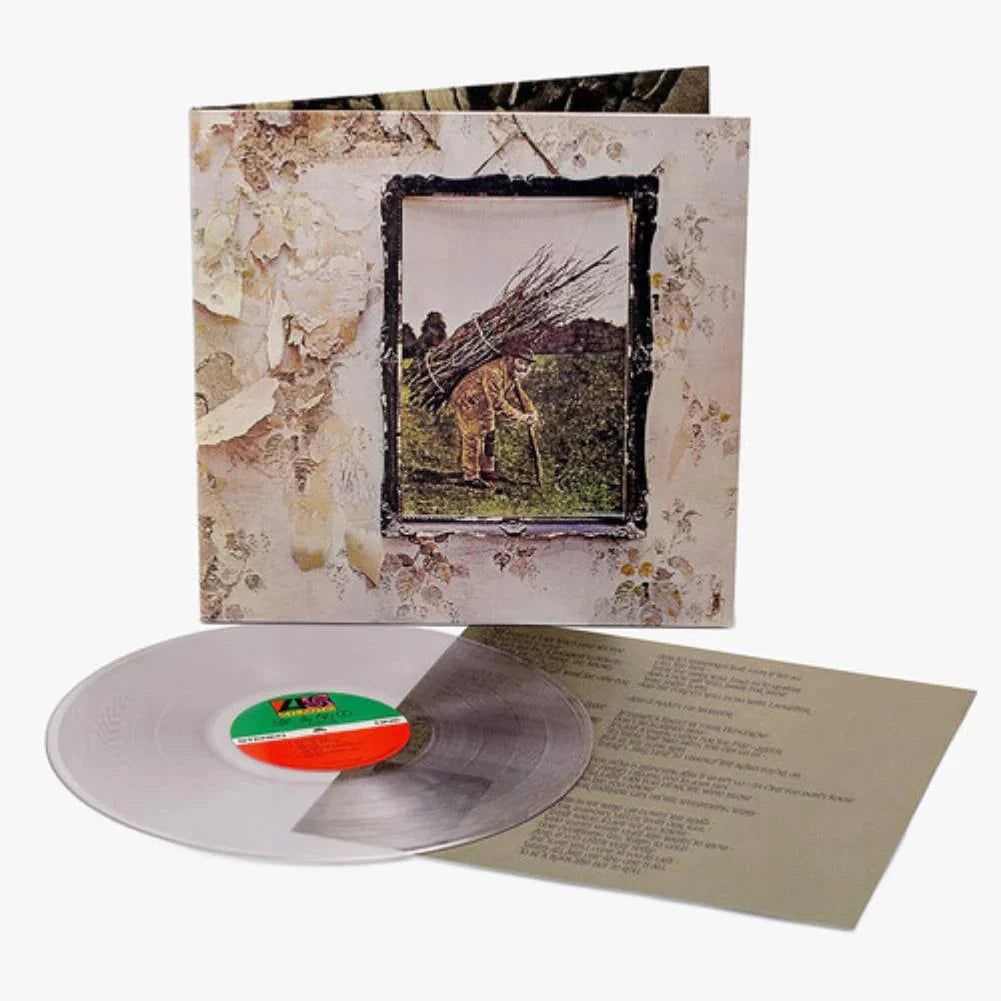
![Taylor Swift - 1989 (Taylor's Version) [2LP Crystal Skies Blue]](http://vinyl.com/cdn/shop/files/taylor_swift_1989_taylors_version.jpg?v=1734389117&width=5760)

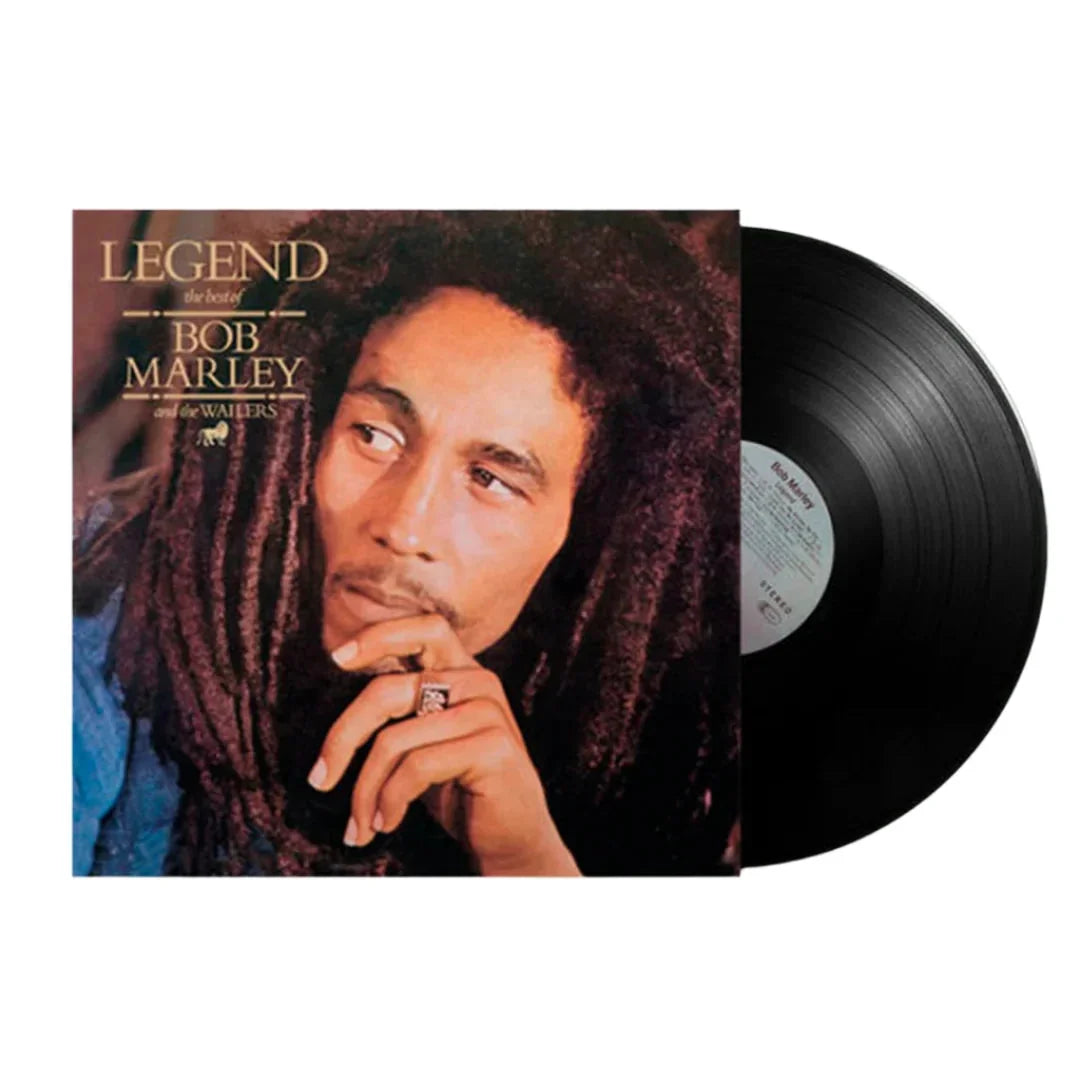
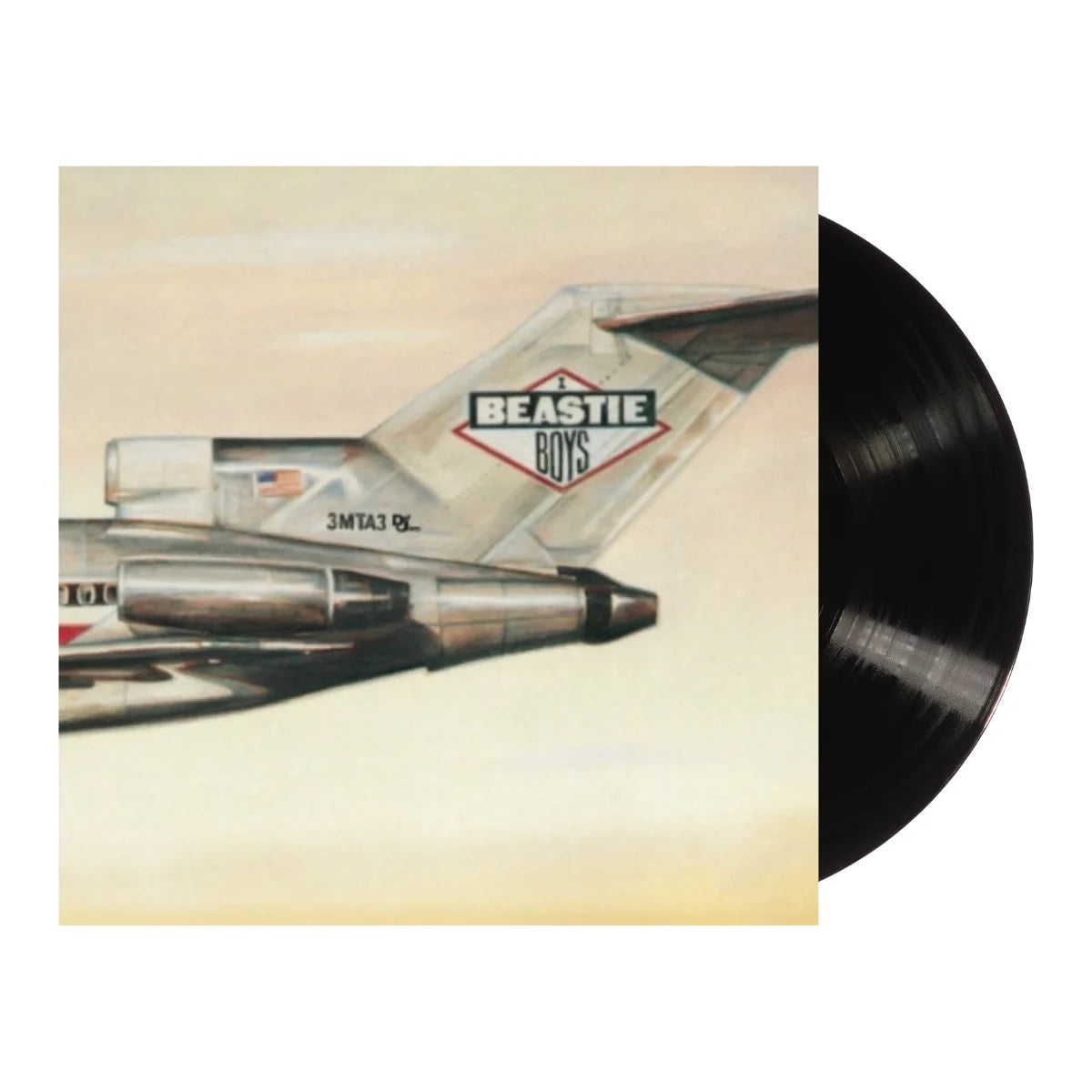
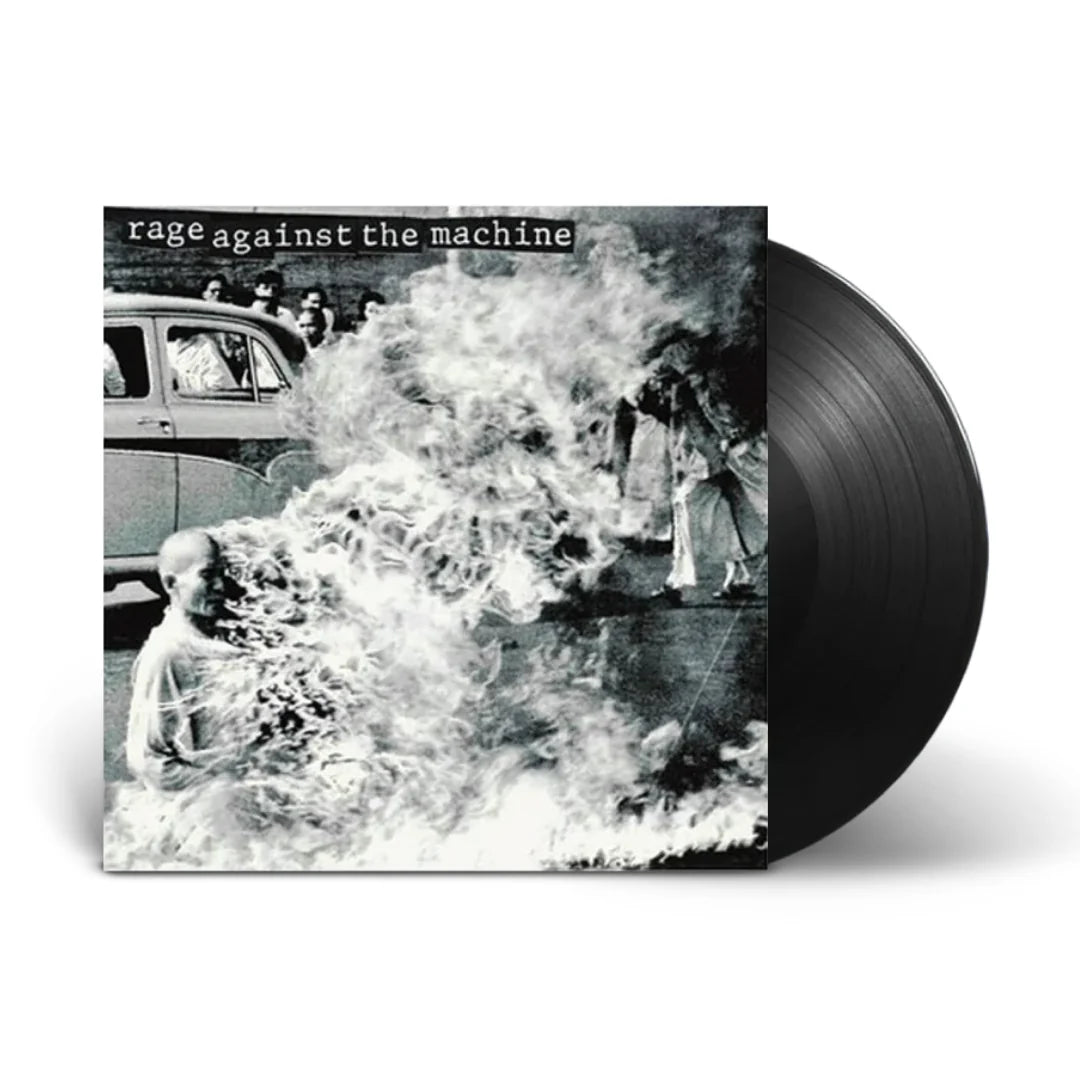
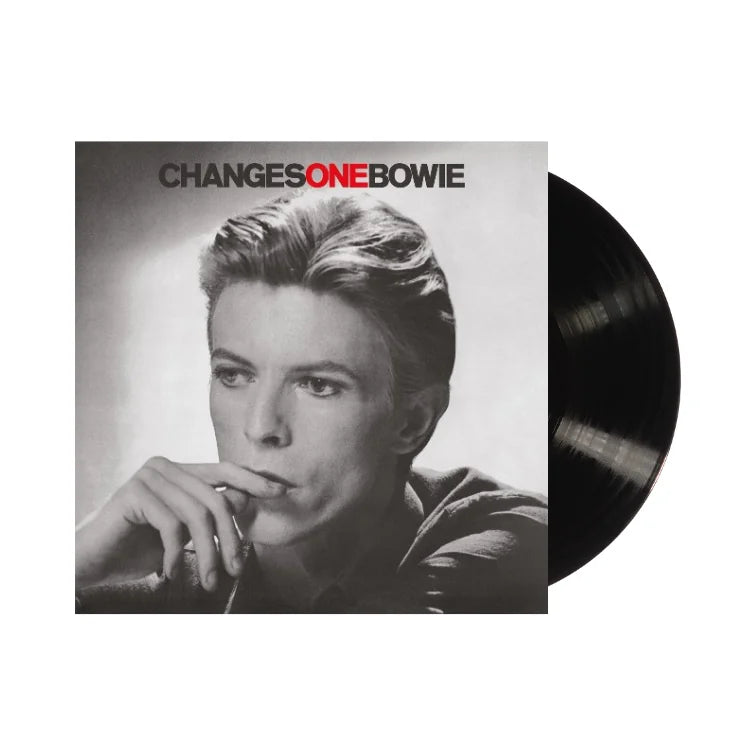
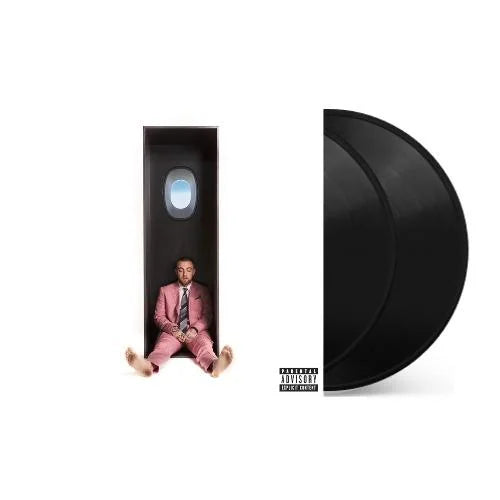
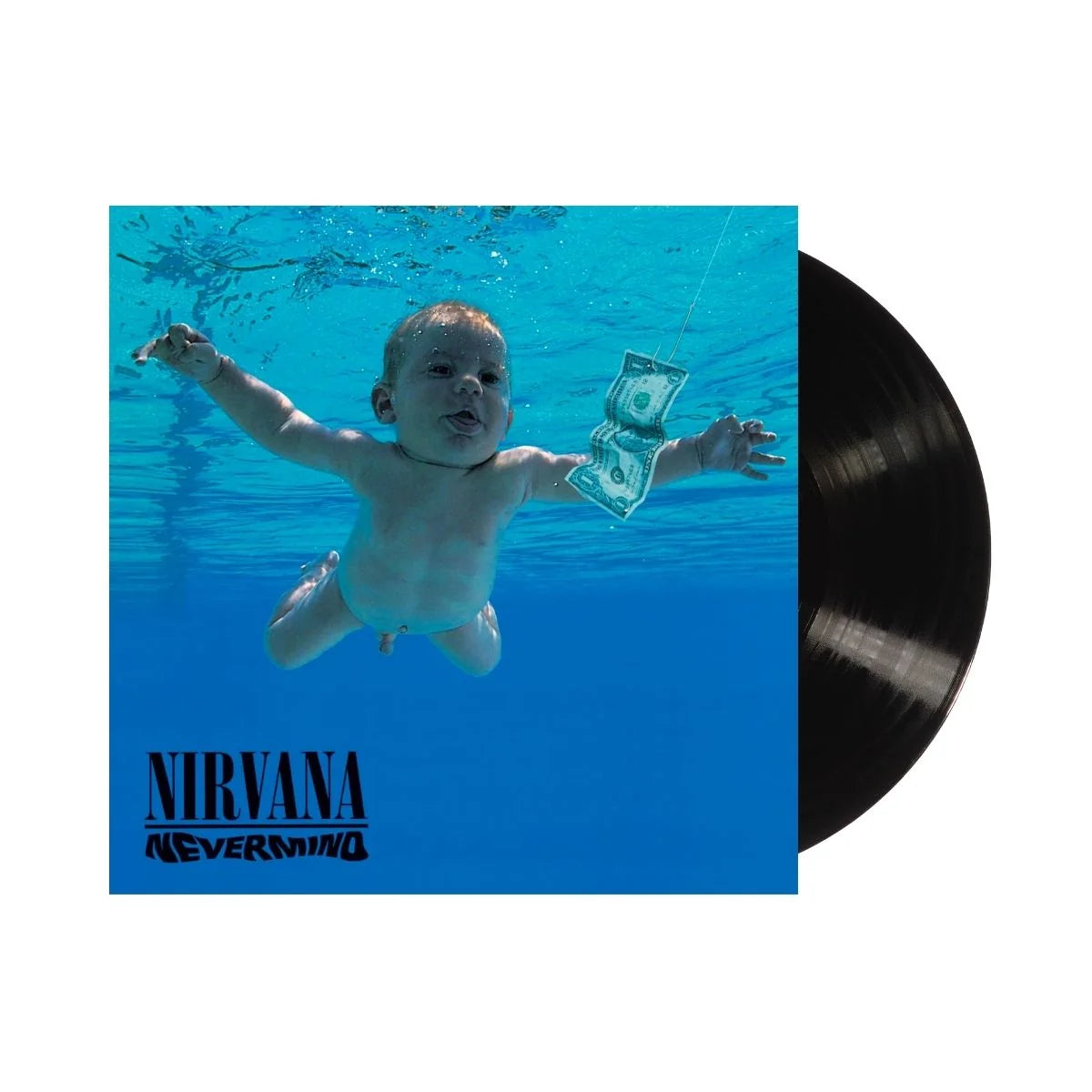
![The Grateful Dead - The Music Never Stopped [6LP Box Set]](http://vinyl.com/cdn/shop/files/The_Grateful_Dead-The_Music_Never_Stopped__6LP_Box_Set.jpg?v=1747729623&width=5760)
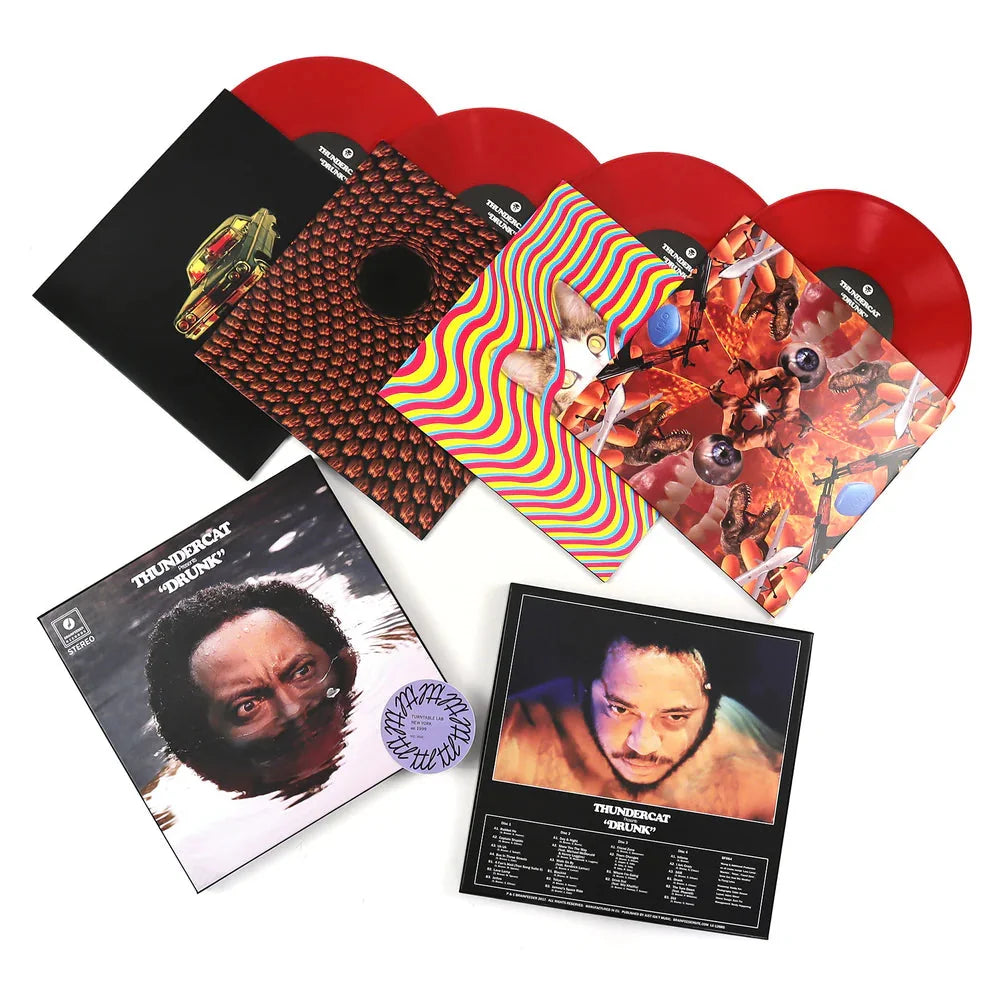
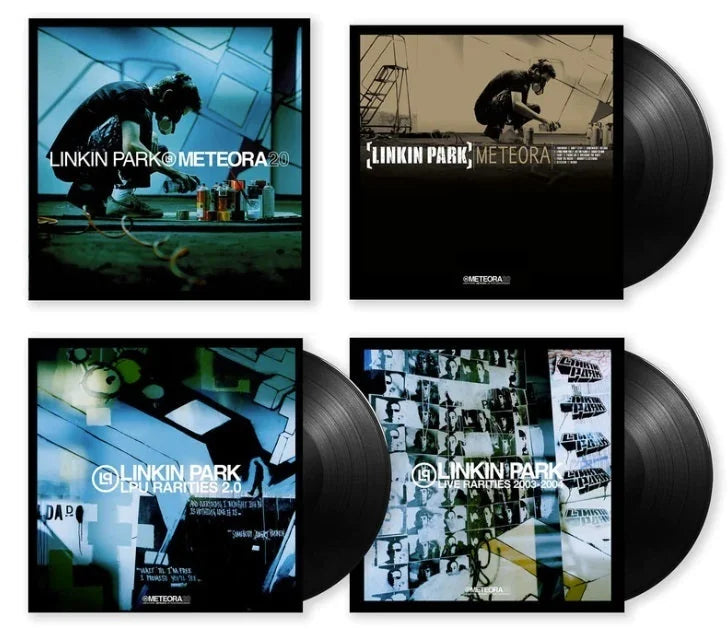
![The Grateful Dead - Madison Square Garden, New York, NY 3/9/81 (2023 Rocktober Edition) [5LP Box Set]](http://vinyl.com/cdn/shop/files/4247396-3042523.jpg?v=1758034700&width=5760)


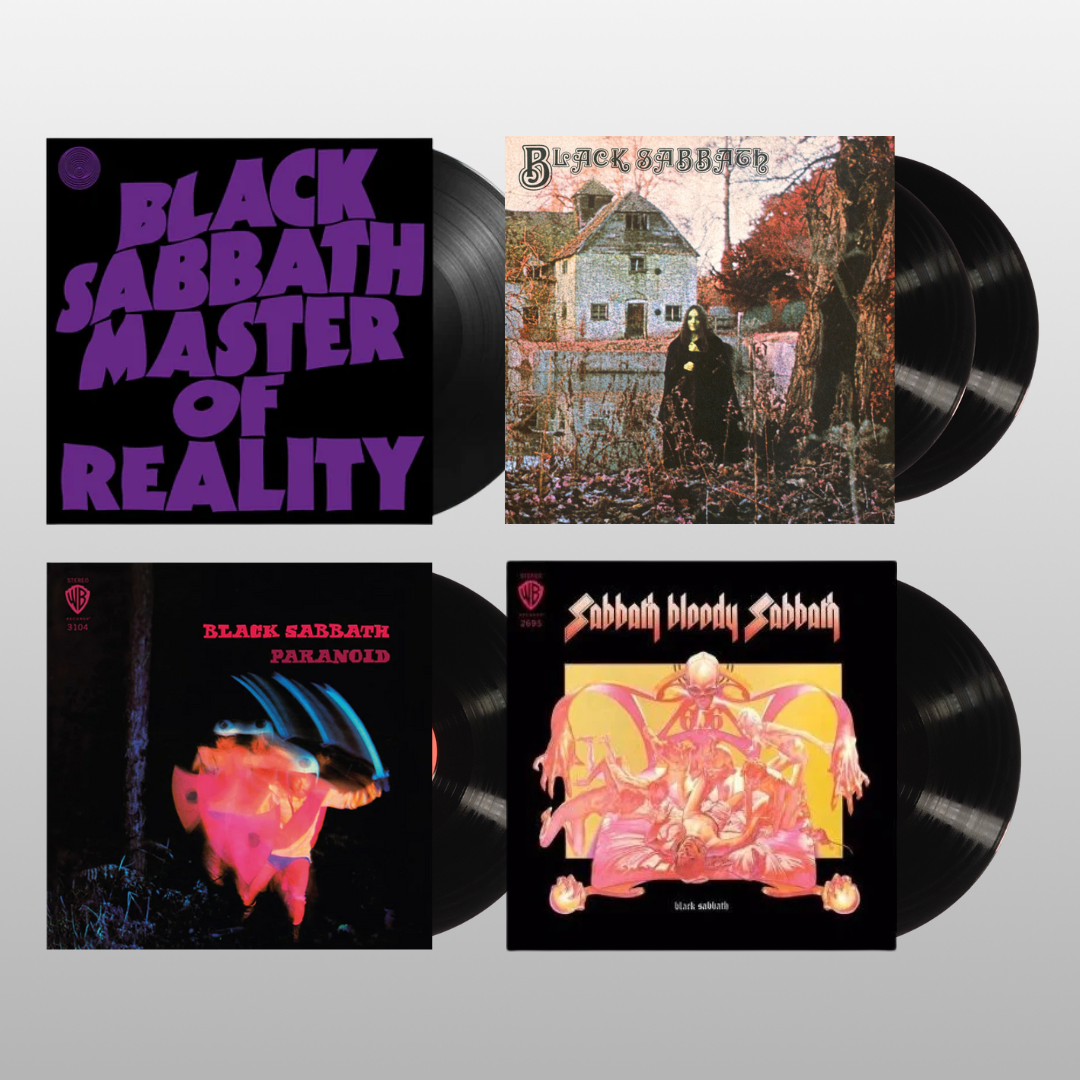


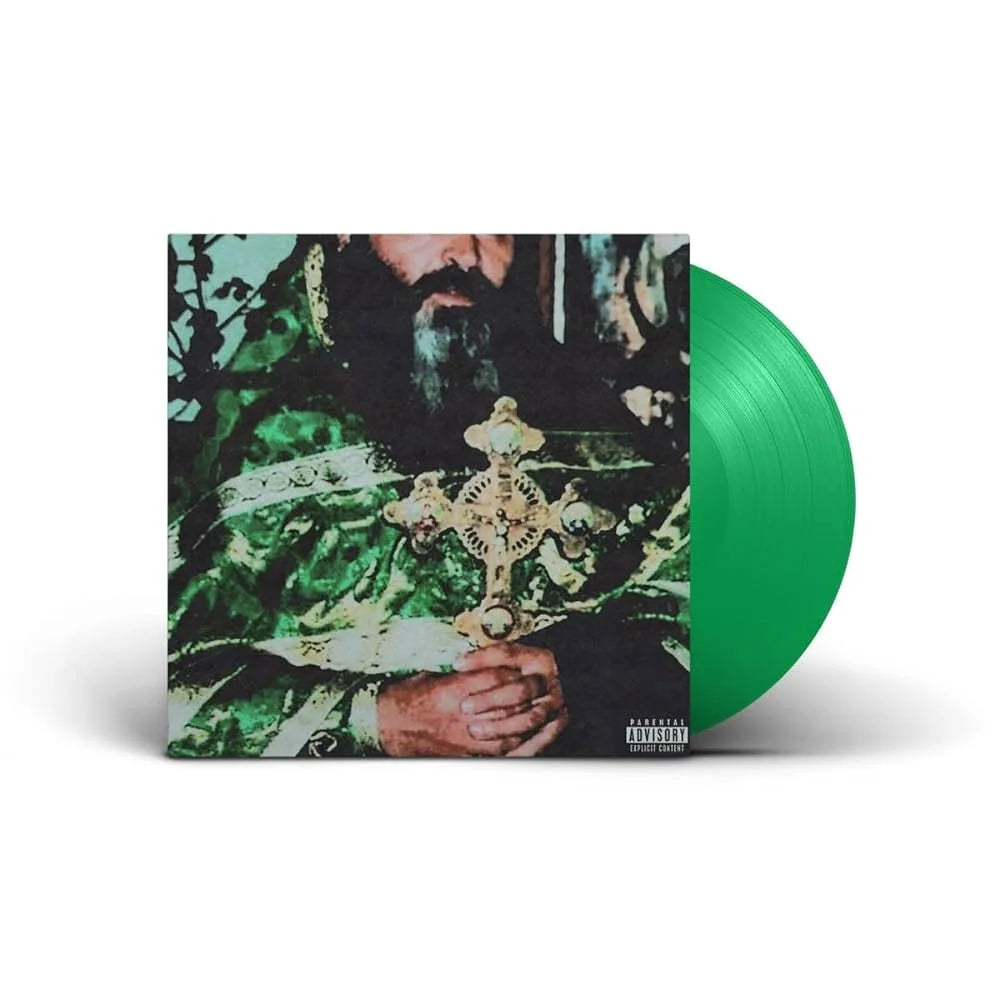
![(hed) p.e. - New And Improved [Pink]](http://vinyl.com/cdn/shop/files/4425252-3389420.jpg?v=1746578880&width=5760)
![1 Locate S - Wicked Jaw [Sky Blue]](http://vinyl.com/cdn/shop/files/4217742-2982879.jpg?v=1693273095&width=5760)
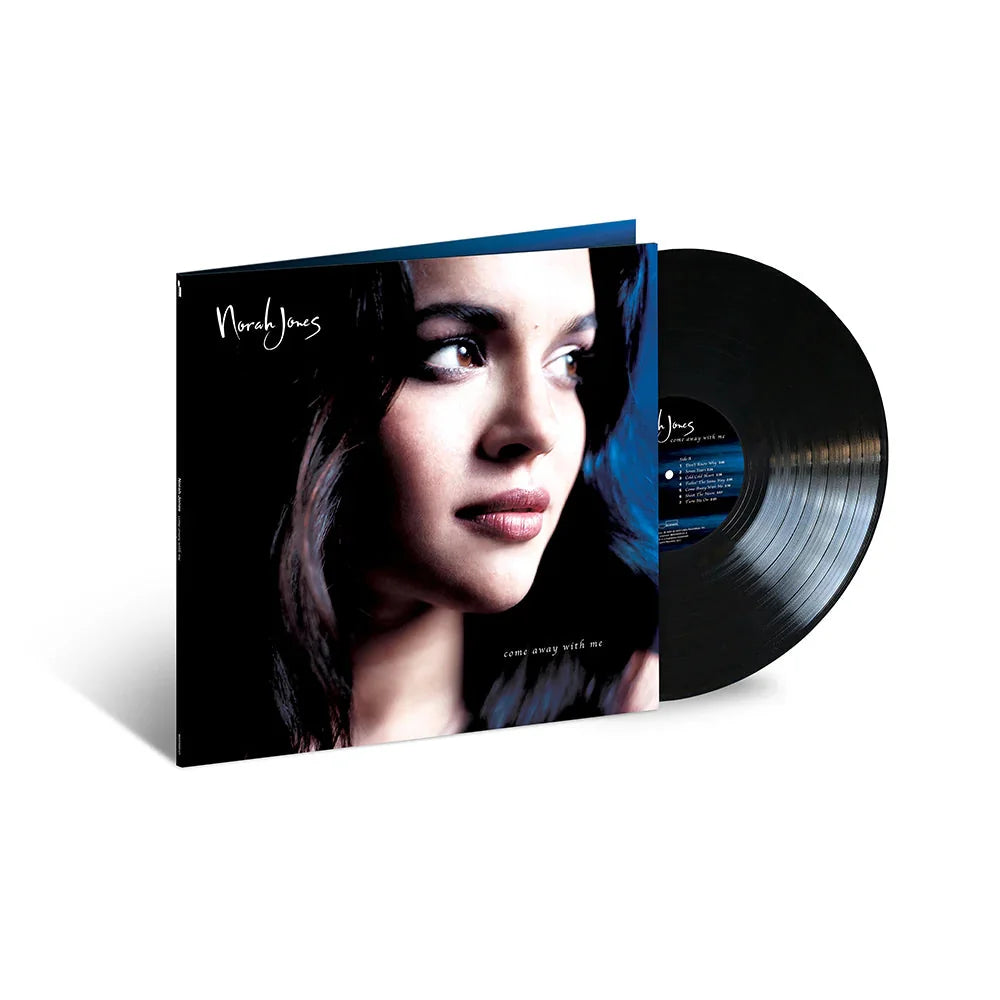




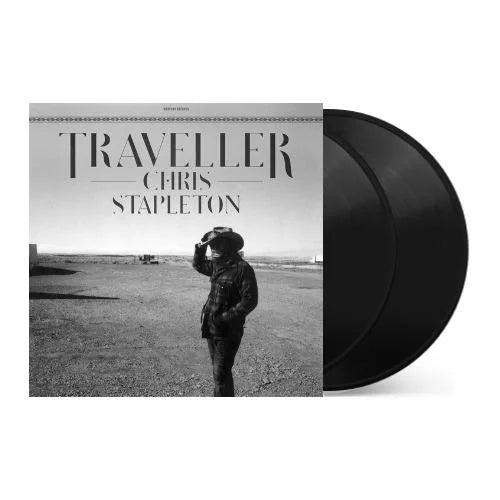
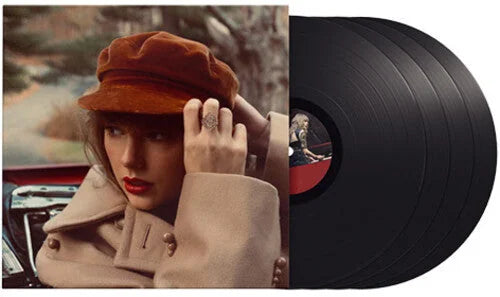
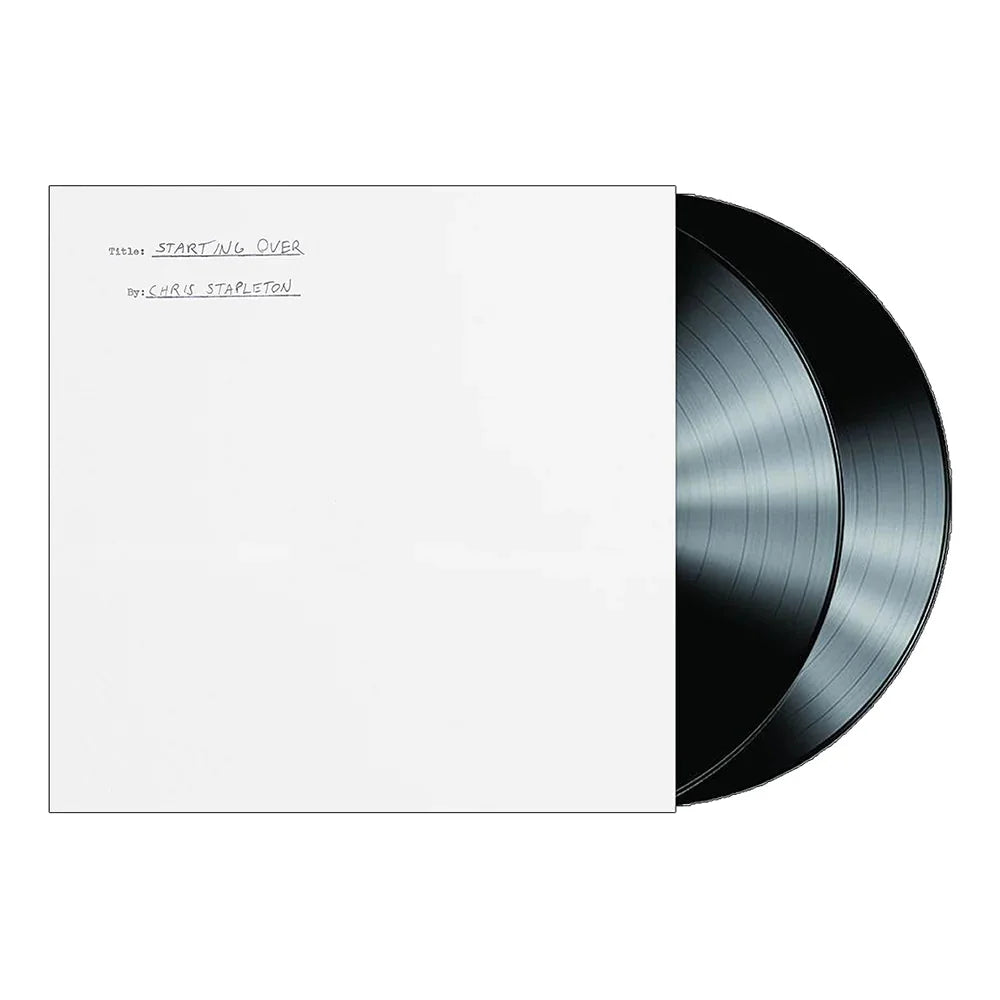
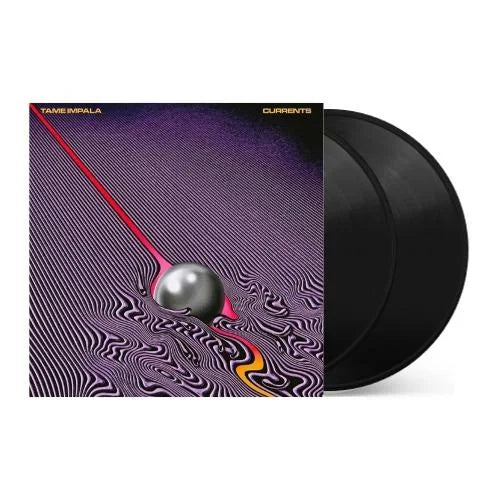
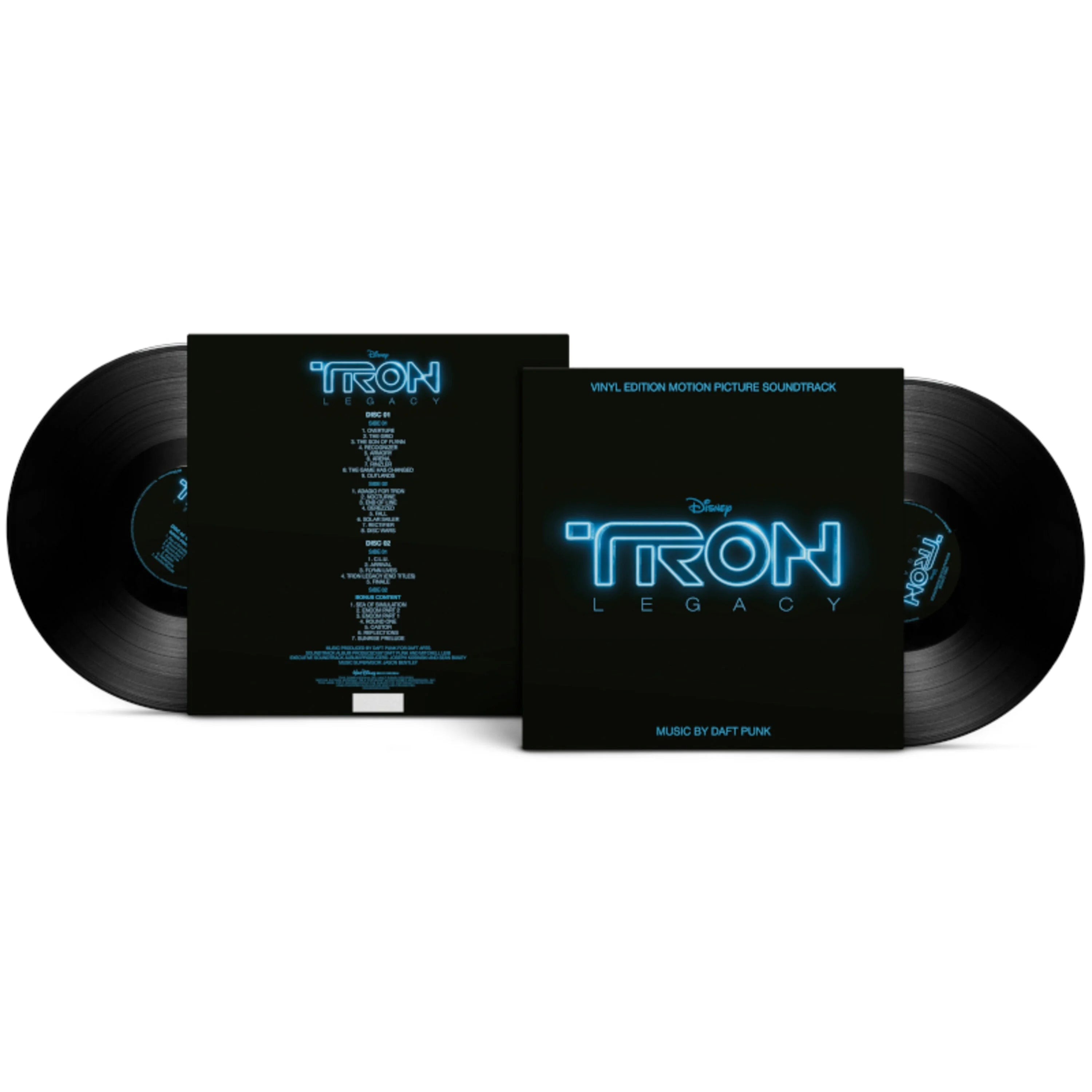
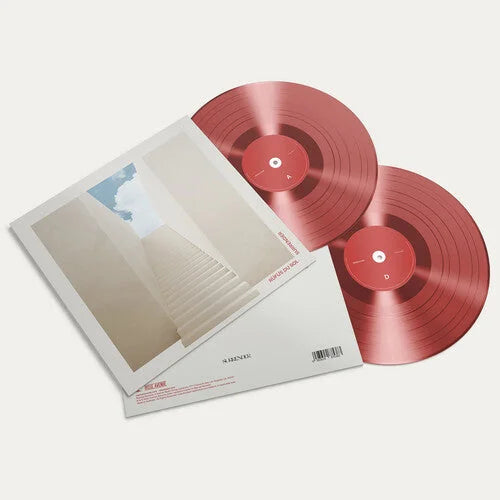

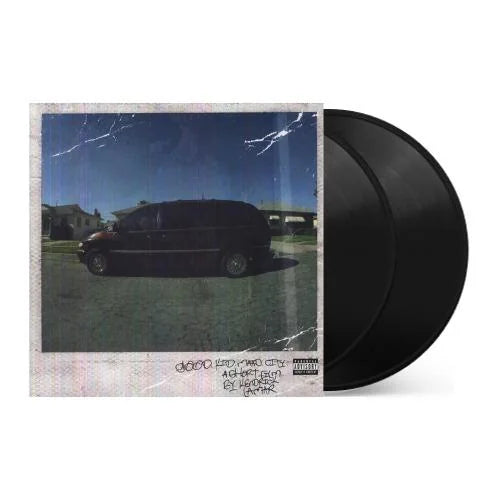
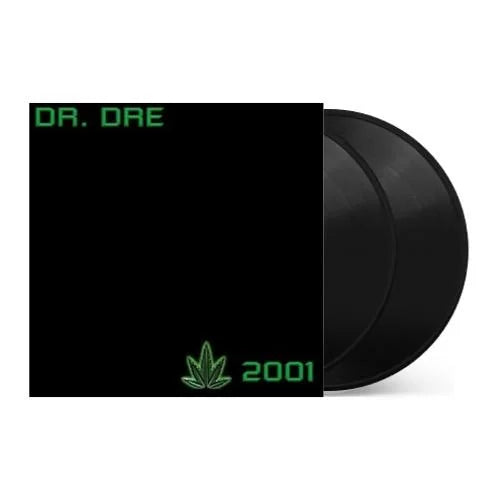

![Herb Alpert - Whipped Cream & Other Delights (60th Anniversary) [Picture Disc]](http://vinyl.com/cdn/shop/files/4411059-3378272.jpg?v=1746579213&width=5760)
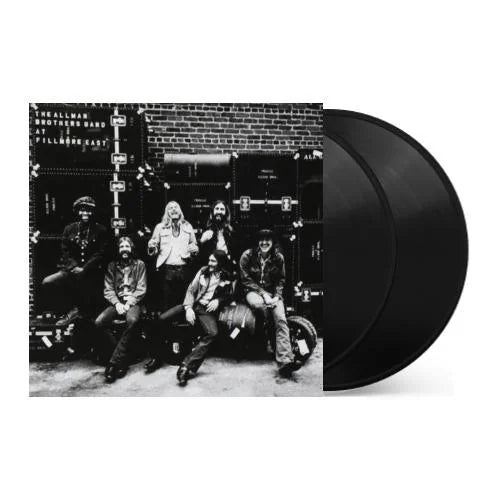
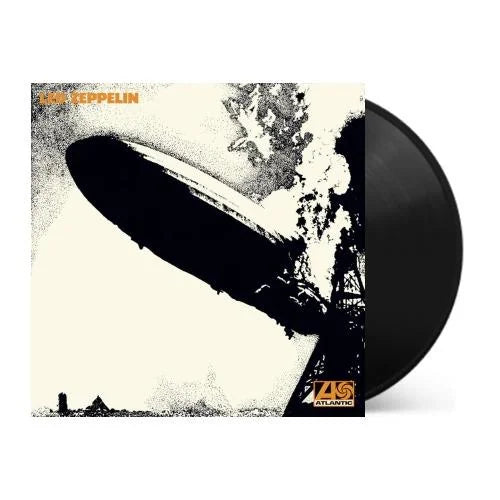
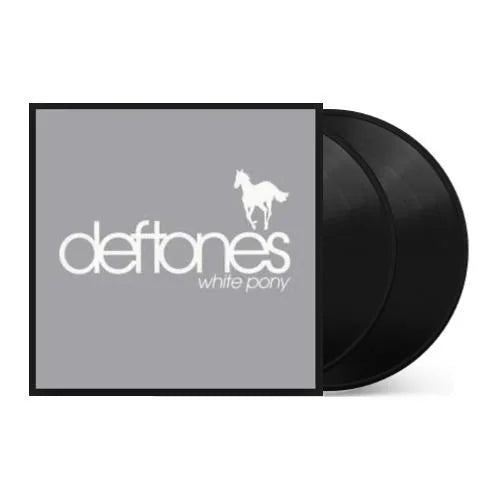
![Taylor Swift - folklore [2LP Beige]](http://vinyl.com/cdn/shop/files/477929-Product-0-I-637317959467683009_grande_a6f82db0-1cb7-45c5-8892-ed79af261e80.webp?v=1736750683&width=5760)

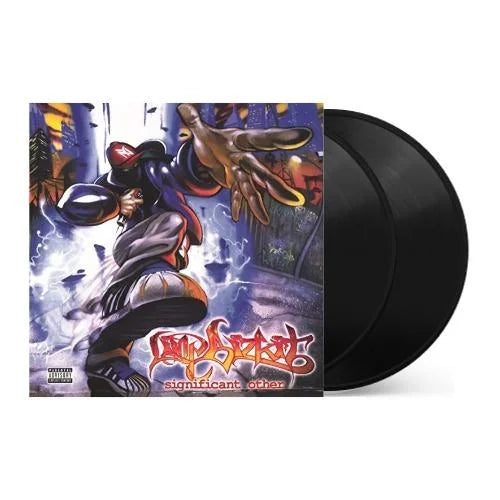
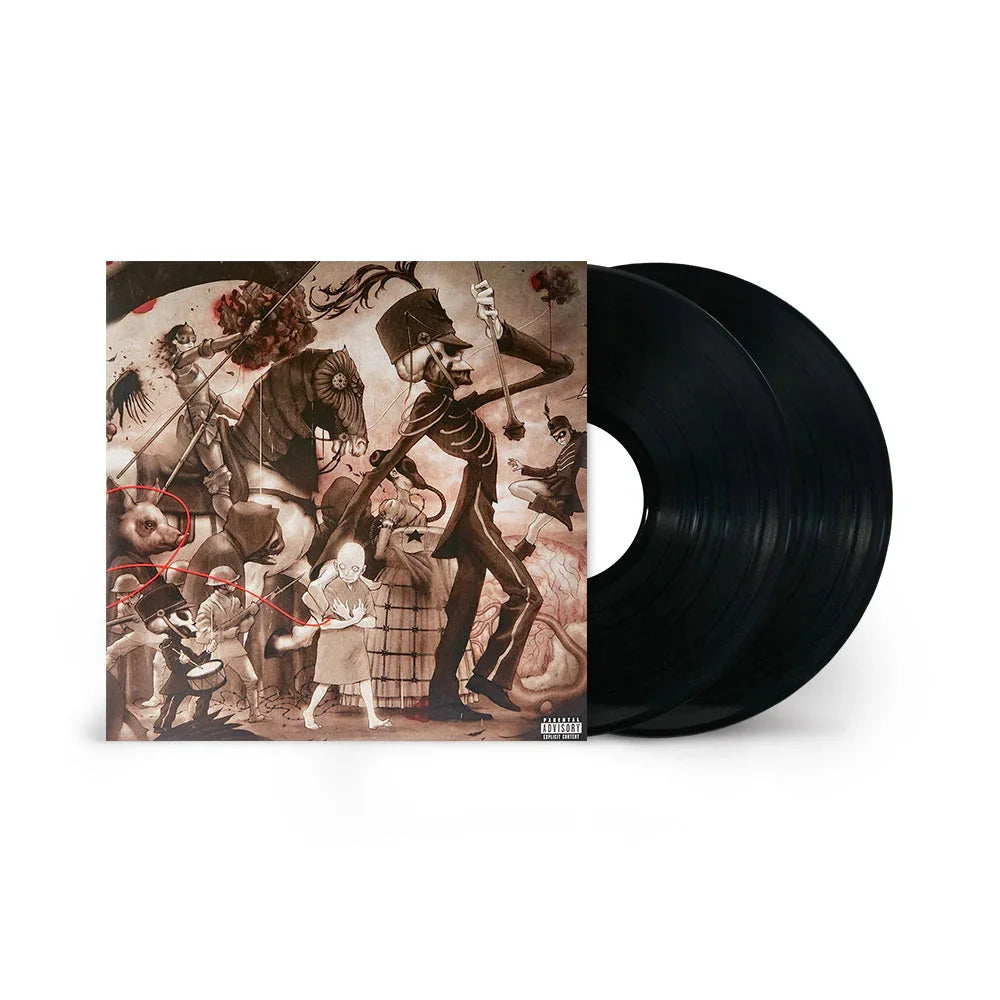


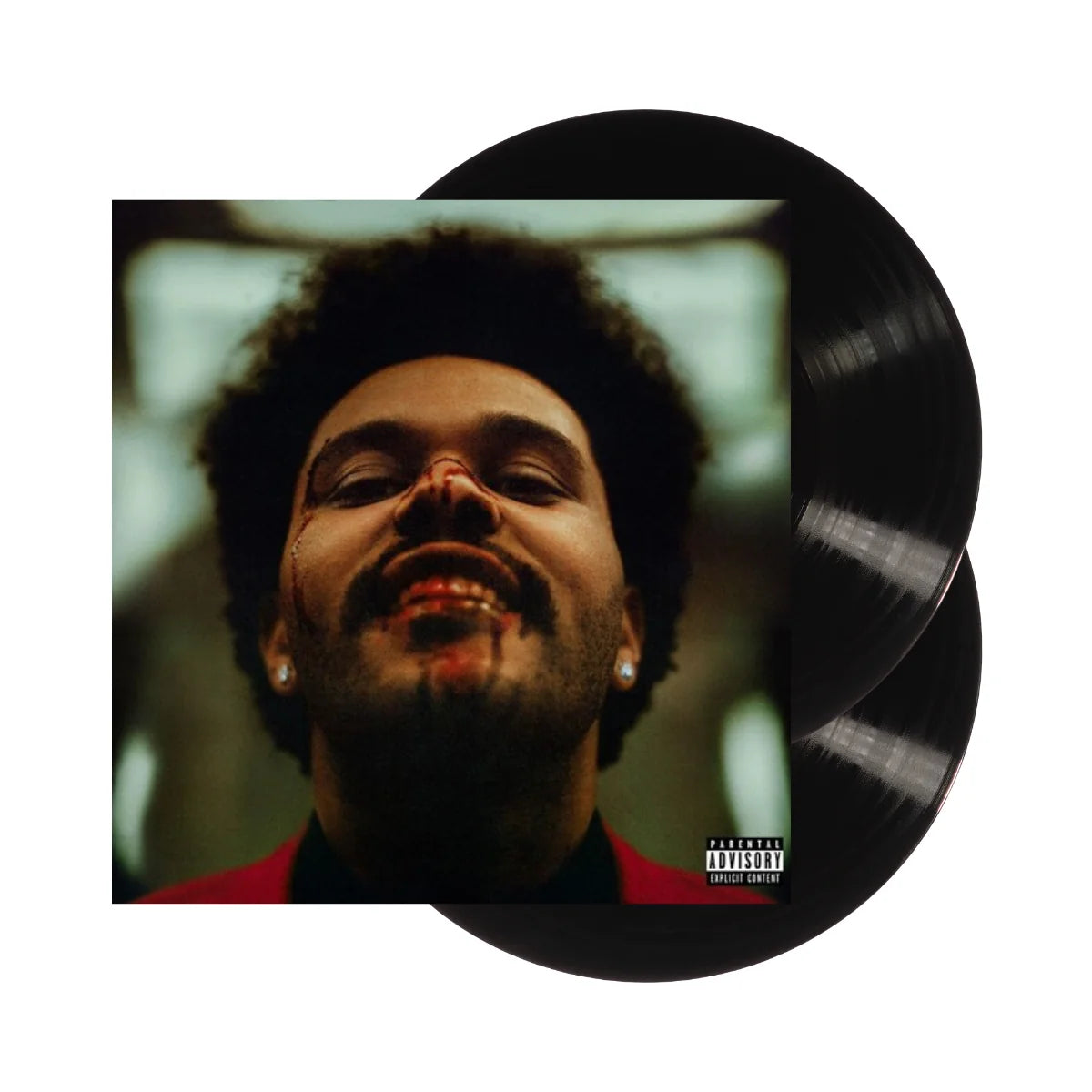
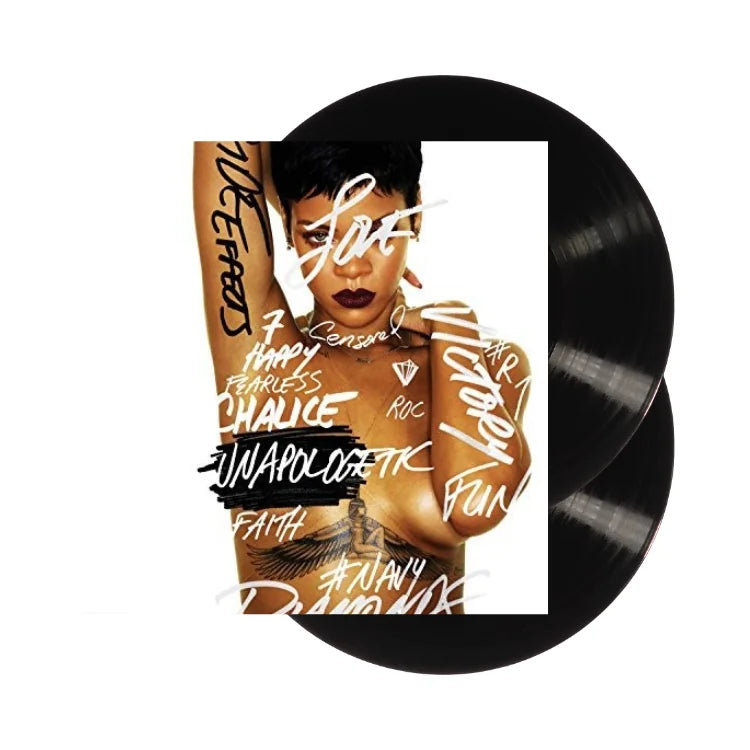
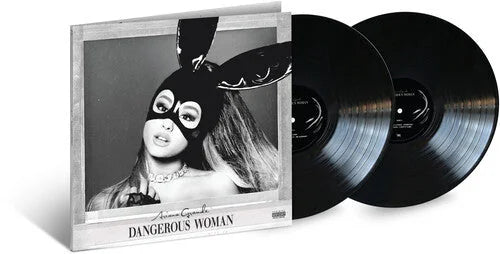
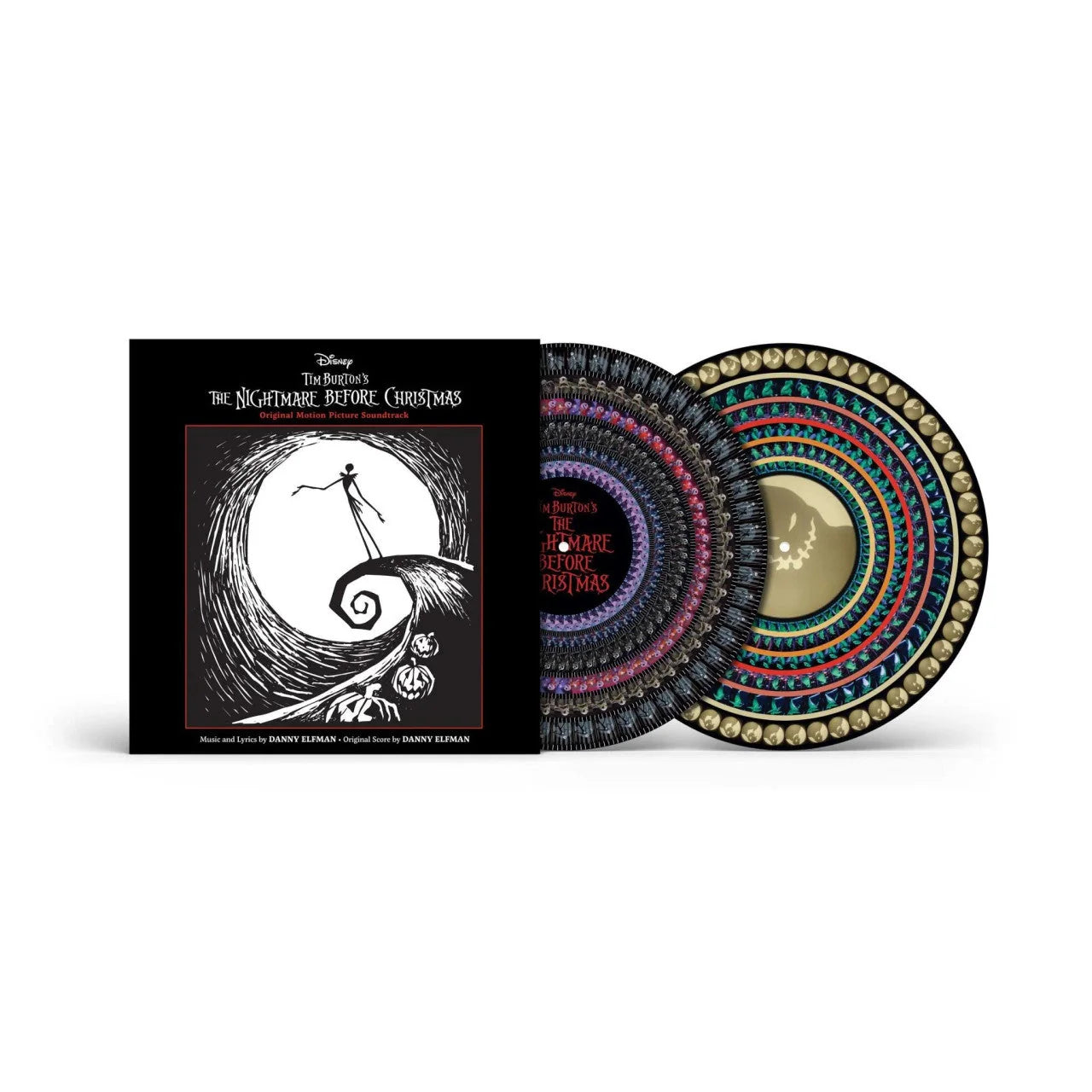
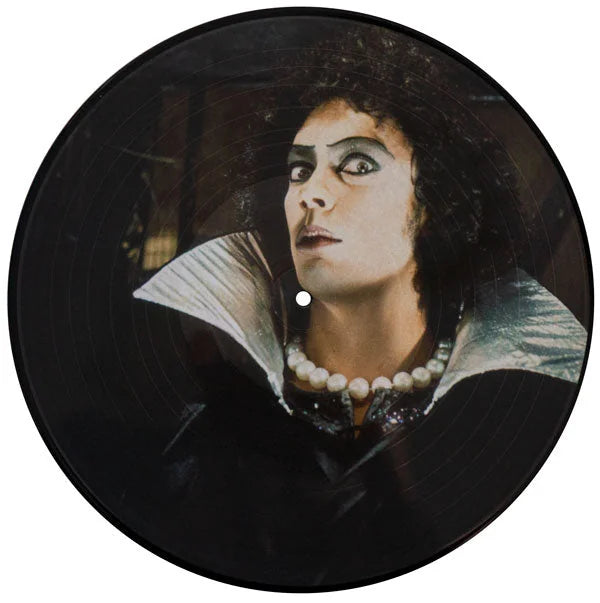
![Transformers: The Movie (Original Soundtrack) [Unicron Marbled 180-Gram]](http://vinyl.com/cdn/shop/files/4417308-3378319.jpg?v=1745982250&width=5760)









